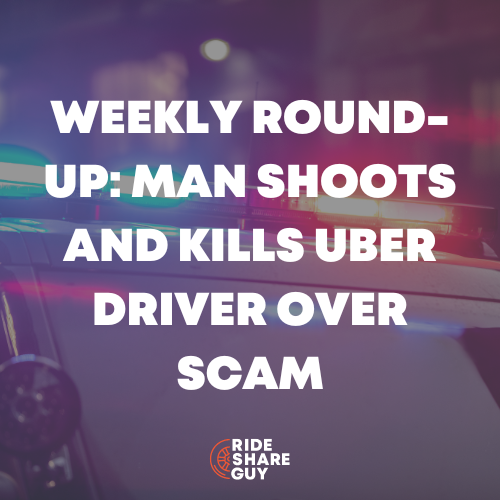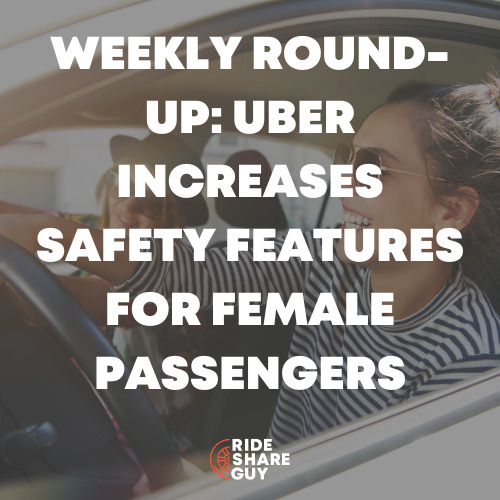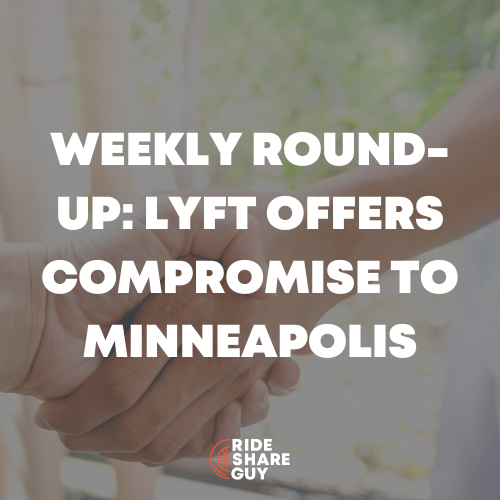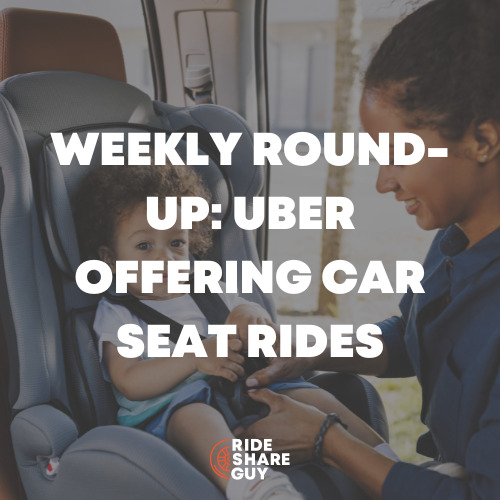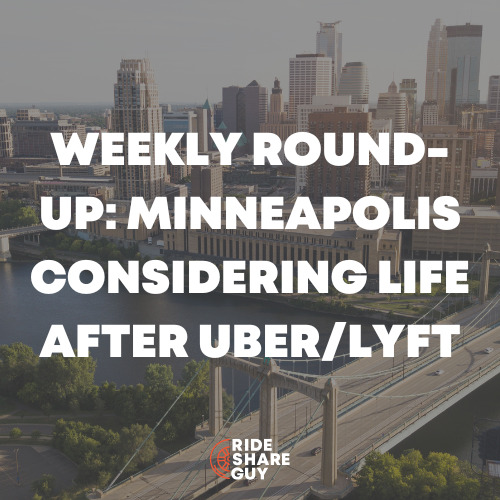Driverless vehicles are popping up in the news once more as pilot programs and startups focus on driverless capabilities. Meanwhile, Uber adds details to their map to help make pickups easier, covered in this week’s roundup by senior RSG contributor Paula Gibbins.
California Approves A Pilot Program For Driverless Rides (NPR)
Summary: The California Public Utilities Commission announced Friday that Cruise, a self-driving car service out of San Francisco, has been authorized to participate in the state’s first pilot program to provide driverless ride services to the public.
The company is not allowed to charge passengers for rides.
Eight companies have permits for testing driverless vehicles in California, but Cruise is the only company approved for giving rides to passengers without a safety driver on board. However, the vehicles still have to have a link to a remote safety operator.
So far, Cruise says its autonomous cars have logged more than 2 million miles driven in California. The company also has more than 300 all-electric autonomous vehicles operating in San Francisco and in Phoenix….
My Take: This seems like a pretty big step to me. Yes, we’ve seen driverless vehicles being tested before, but without a safety driver in the driver’s seat? True, it will have a remote safety operator, but no physical person in the driver’s seat if anything goes wrong.
I think it’s still going to be a while before passengers will voluntarily get into a truly driverless vehicle. But it seems like every day we hear that we’re getting even closer and closer to driverless being the norm.
Uber Veteran Launches Her ‘AI Mindset’ Self-Driving Startup With $83.5 Million Round (Forbes)
Summary: Computer scientist Raquel Urtasun, an artificial intelligence expert who led a team of Toronto-based engineers for Uber’s self-driving vehicle program, is launching tech startup Waabi with an $83.5 million funding round and a new “AI mindset” approach to commercializing automated driving.
The Series A round, among the biggest for any Canadian tech startup, is led by Khosla Ventures and includes investment from Uber, Radical Ventures, 8VC, OMERS Ventures and BDC Capital’s Women in Technology Venture Fund. Aurora Innovation, the self-driving tech company that acquired Uber ATG last December, is a minority investor. AI experts including Stanford University’s Fei-Fei Li, the University of Toronto’s Geoffrey Hinton and Sanja Fidler and the University of California, Berkeley’s Pieter Abbeel also participated in the round.
The initial application of its technology is automating long-haul trucks, though it’s not saying when that might begin. Waabi isn’t disclosing a company valuation based on the Series A, nor is it saying who will sit on its board….
My Take: Obviously the people in the world who have the money think driverless vehicles are a worthwhile investment. It sounds, at least, like this person is taking a slightly different track than predecessors working toward the goal of driverless vehicles. Perhaps both tracks will come together in the near future to complete the puzzle.
You may be paying more for Uber, but drivers aren’t getting their cut of the fare hike (Washington Post)
Summary: Uber passengers paying astronomical fares amid a labor shortage may think the extra money is going to their stressed and overworked drivers.
But drivers are not being compensated based on what customers pay. Instead, they are paid for their time and distance — with added, predetermined surge bonuses controlled by Uber.
While drivers in most of the country have operated under that model for the past several years, California drivers only shifted back to that model in April. Uber had previously compensated California drivers based on customer fares as it sought to prove they were independent contractors, not employees after the California legislature passed a law aimed at gig work.
But in November voters passed Prop 22, a ballot measure that overrode the law’s requirement to make ride-hailing drivers employees. Now Uber has reverted its California drivers to the old pay system, and drivers in some markets say that is depriving them of tens and even hundreds of dollars per week when customers are now paying multiples of the usual price to ride with the apps….
My Take: Reading the headline seems like it should be a shocker, but most drivers are not really all that surprised. They took to Reddit to react to this article.
One person stated, “Nothing new here, been going on for a while. Uber is desperate to show a profit to Wall Street after being “unprofitable” for 10 years and after diverting profits to more than 60 offshore companies.”
Turkish start-up Getir rides the speedy grocery delivery craze to a $7.5 billion valuation (CNBC)
Summary: Turkish grocery delivery start-up Getir has raised $550 million in a new investment round, valuing the company at a whopping $7.5 billion.
The Istanbul-based firm raised the fresh cash from the likes of Silver Lake, Mubadala, Sequoia and Tiger Global. Getir has now raised almost $1 billion over three separate funding rounds so far in 2021. The company was last privately valued at $2.6 billion in a May funding round.
It is the latest sign of frenzied venture investment in the red-hot speedy grocery delivery space. Apps that promise groceries shipped to customers’ doors in just 10 minutes have cropped up across Europe, with a raft of companies from Turkey’s Getir to Germany’s Gorillas raising huge sums from investors.
These firms operate so-called “dark stores,” fulfilment centers designed to carry out online orders rather than serve customers in person. Gorillas and U.K. rivals like Dija and Zapp hire their couriers rather than relying on contractors like Deliveroo and other players in the gig economy….
My Take: Grocery delivery has had some dramatic growth during the pandemic. It shifted from being a cool idea to a necessity for a lot of people following safety precautions and shelter-in-place orders. It only makes sense that a new startup is gearing toward the grocery delivery side to cash in on the essential services provided by delivery apps.
Building a smoother experience from pickup to dropoff (Uber)
Summary: Cities are moving again, and summer travel is in full swing. According to a study conducted by World Nomads, most travelers are planning domestic trips, with 29% staying close to home and 66% going out of state. Whether people are getting ready to pack their bags for a nearby destination or somewhere farther away, the rebound of summer travel may have some new and familiar stressors. Now, finding rides with Uber at the pickup spot won’t be one of them.
Drivers have told us that one of their biggest pain points when driving or delivering is navigation. This is equally stressful for riders—especially those who are visiting or unfamiliar with the area. They often don’t know which direction their driver is coming from or if the driver will arrive at their pickup spot or across the street….
My Take: The in-app navigation has often been a point of contention among drivers. Waze and Google Maps are often favored over the in-app nav system. But, for the last turn or two, you’re likely bumped back to the Uber map to finish up the arrival or drop off.
Any effort to improve this system is appreciated, for sure.
Have you noticed updates to the Uber map? Is navigation easier? Can you find your passenger better than before?
-Paula @ RSG
